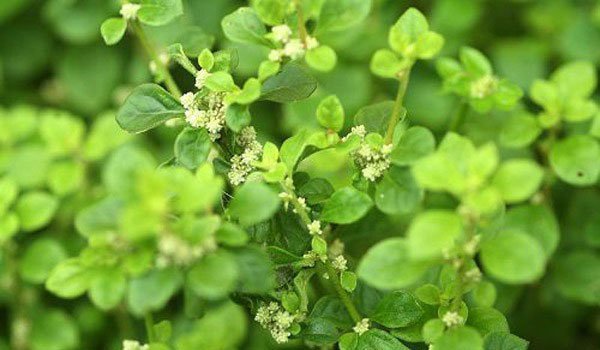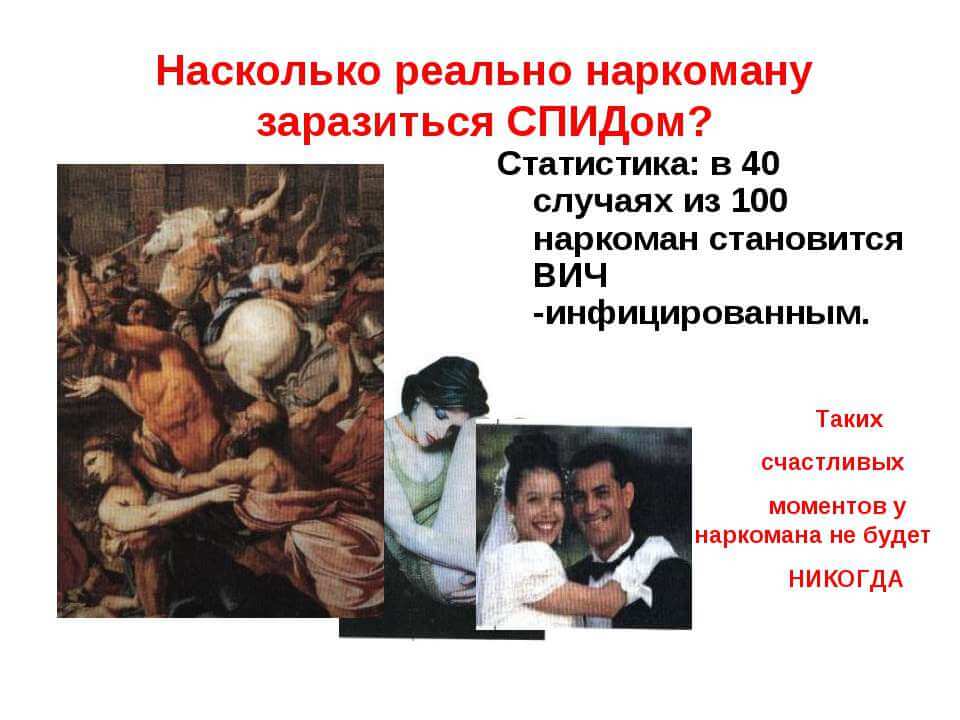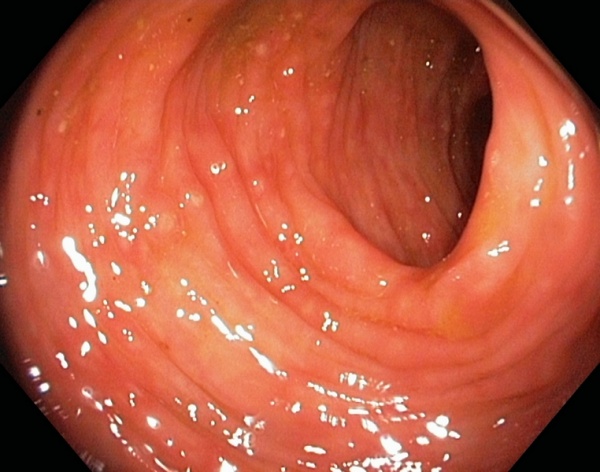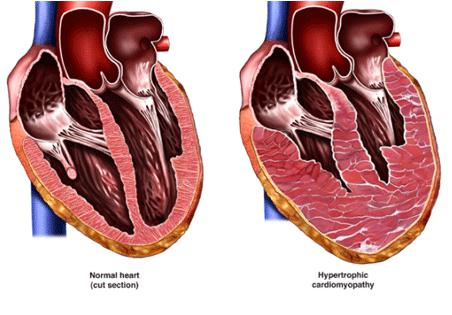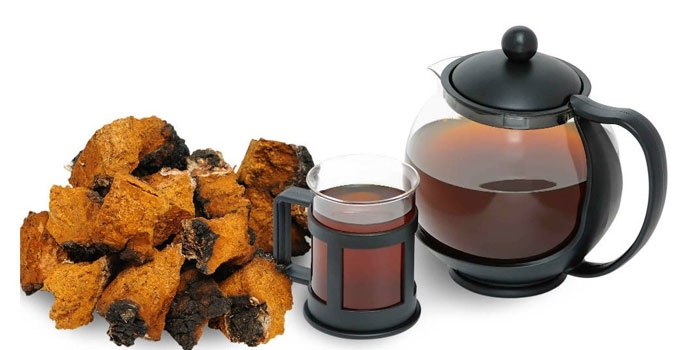How to treat an ingrown toenail at home
An ingrown toenail is a fairly common problem for many people. This is a disease in which the nail of the hand or foot grows into the skin of the finger. In medicine, this disease is called "onychocryptosis".
This is a very unpleasant phenomenon, firstly, because of severe pain, and secondly, because of a completely unaesthetic appearance. Ingrown toenails most often occur on the big toe, although there are cases with the rest of the nails, but it is extremely rare. An ingrown toenail is even rarer.
A similar nuisance happens most often with young people of the most active age - from 18 to 32 years old, a little less often in adolescents and the elderly, and very rarely in children and infants. It is worth noting one very interesting fact - women are much less susceptible to this disease than the representatives of the stronger sex.
In this article, we will look at how to treat an ingrown toenail on the big toe at home so that the treatment is successful and without relapse.
Causes of an ingrown toenail
Experts believe that the cause of an ingrown toenail on the big toe is only its improper trimming. This may be the main cause of ingrown toenails, but there may actually be more.
These include reasons such as:
- Wearing shoes that are too tight and uncomfortable. As a result of squeezing the toes, the nail plate is pressed into the nail fold, which causes permanent skin injury. An ulcer appears on the skin, and then granulation tissues grow (colloquially, “wild meat”).
- hereditary onychocryptosis. The irregular shape of the nail, which is inherited, can also be one of the reasons why toenails grow in. This also includes flat feet as a hereditary factor that provokes ingrown nails.
- Fungal nail infections, causing thickening of the nail and deformation, contributing to the ingrowth of the nail into the finger.
- Trauma. An ingrown toenail can be caused by trauma to the thumb, such as a direct blow, a heavy object being dropped, or walking on the tip of one's toes.
- Another factor in the development of this disease may be individual features of the structure: More rounded nails, overly curved underlying bone, or increased dermal exfoliation.
At the initial stage, an ingrown toenail can be cured at home. This is possible if the nail is not stuck too deep inside, there are no obvious signs of pus, and the pain appears only when you touch the problem area or when wearing shoes that squeeze your feet.
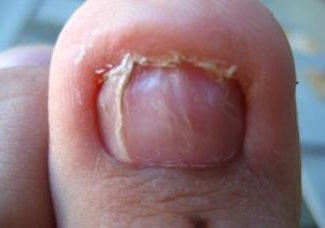
Symptoms
The tips of human fingers have increased sensitivity, as there are many nerve endings in the tissues. Therefore, an ingrown nail will make itself felt with a sharp pain, which will intensify when walking in tight shoes.
The main symptoms of an ingrown toenail are:
- pain at the edges of the nail bed;
- the occurrence of swelling of the finger;
- redness of the affected area;
- thickening of the nail plate;
- discoloration of the nail, the appearance of spots and stripes;
- pain when pressing on the finger;
- the occurrence of suppuration, which can develop into a chronic form.
As a result of a progressive inflammatory process, the nail loses its natural shine, begins to flake off and becomes thicker at the edge.
stages
Doctors distinguish three stages of onychocryptosis on the toes according to severity:
- It is characterized by hyperemia and throbbing pain in the finger precisely in the area where the process itself occurs.
- The disease is getting worse. The second stage is manifested by the ingrowth of the acute-angled edge of the plate into the soft tissues of the roller. The finger swells, a purulent-inflammatory process begins.
- After drainage, the wound begins to become covered with granulation tissue. Inflammation begins to subside and recovery begins. If ingrowth occurs further, then the disease becomes chronic. In this case, there is no question of any complete recovery, because the relapse occurs very quickly.
Onychocryptosis is a chronic and relapsing disease that tends to grow steadily. Among other purulent-inflammatory diseases, the problem of the ingrowing nail plate on the toe ranks second after traumatic diseases that have a complication in the form of an infection.
What does an ingrown nail look like: photo
See what an ingrown toenail looks like, we offer detailed photos of the disease for viewing.
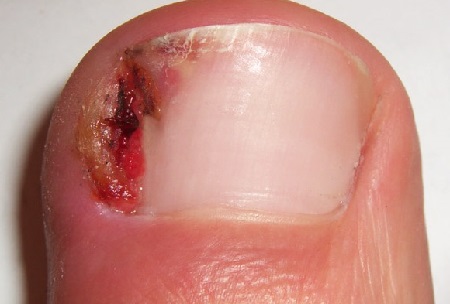
Diagnostics
To exclude the development of complications and quickly cure an ingrown nail, you should contact a surgeon or a podiatrist (foot disease). It will direct you to:
- - to assess the severity of inflammation;
- a blood glucose test to rule out diabetes.
If you suspect a toenail fungus, you should contact a dermatologist for complex treatment, since in this case the ingrown nail is only a consequence of a fungal infection, and it is futile to treat the consequences, and not the disease itself.
What will happen if not treated?
If left untreated, an ingrown toenail can progress and cause serious complications. Prolonged inflammation in the nail phalanx can cause the attachment of other, more severe infections.
The risk of inflammation of the bone of the phalanx of the finger or even gangrene increases. Ultimately, if left untreated, the ingrown toenail may require amputation of the nail phalanx.
How is an ingrown toenail removed?
If the process has gone far, then you have to resort to surgical methods for removing the ingrown nail. Operations are performed under local anesthesia. There are several methods of operations:
- Removal of the nail plate in whole or in part. At the same time, the overgrown granulations are removed and the plastic surgery of the periungual roller is performed.
- radio wave method e. An effective way to remove the affected area of any size. Radioknife combines several factors. The technique is painless and less traumatic. The treated area heals in a few days;
- Ingrown toenail laser treatment- the latest technique that helps to solve the problem forever. The fact is that the laser can simultaneously remove injured soft tissues, the ingrown section of the nail plate and, most importantly, part of the growth zone of the nail! In other words, the nail that subsequently grows will be a little narrower and will stop growing. The operation itself lasts less than an hour, and healing is much faster than with traditional surgical instruments.
Any method of surgical treatment requires the professionalism of the doctor and careful wound care. Postoperative care consists of changing dressings and preventing infection. Even after laser treatment of an ingrown nail, pain in the wound area may be disturbing, but they are removed with conventional painkillers.

Ingrown toenail, what to do?
An alternative to surgical intervention is the use of special corrective devices that are installed on the nail plate and gradually align its deformed part. Metal or plastic plates, springs, staples are attached to the nail.
They are small and do not interfere with a normal lifestyle, including wearing ordinary shoes and playing sports. They can be painted over with varnish along with the nail. With the help of such devices for the treatment of an ingrown nail, the nail plate is completely straightened, and inflammation and pain disappear. For similar procedures for the treatment of an ingrown nail, you can also contact a pedicure master.
However, the use of conservative treatment, as a rule, is ineffective. After it, frequent relapses occur again. Therefore, it is justified only at the initial stages of the disease, as well as in cases where the patient refuses more radical methods or is unable to use them for any reason.
How to treat an ingrown toenail at home
There are also folk methods for treating an ingrown toenail on the big toe, they can give pretty good results, especially in the initial stages of the disease.
- When the first signs of an ingrown nail appear, when the signs of inflammation are not yet great, and the pain is not pronounced, it is necessary to immediately ditch narrow shoes in favor of looser shoes with a wider front, this will take the pressure off your finger. At every opportunity, it is advisable to walk barefoot, or use open-toed shoes.
- If the patient himself or his closest relatives have elementary medical skills, you can try lift a fragment of a nail that has cut into the skin. Before that, you need to twist gauze or a small piece of cotton between your fingers and make a homemade tampon. Place it in the resulting gap and after each warm bath, try to move the tampon further and further. The pad should be changed every day. The whole process of home treatment with this method sometimes takes from 7 to 15 days.
- Salt treatments. Everyone is well aware that ordinary rock salt is considered an excellent remedy against inflammatory processes. Hot salt baths have a softening effect on the skin, and immediately relieve unpleasant pain. For advanced cases of ingrown nails, salt baths are also suitable - they will help open pustules.
- Herbal baths. Prepare an infusion of chamomile, St. John's wort, calendula or succession. Proportions - 1 liter of water - 2 tbsp. l. raw materials. Steam the herbs, let it brew for 30-40 minutes, strain. Keep your feet in a warm infusion for 30 minutes, gradually adding hot water. Raise the steamed skin, put a piece of gauze between the nail and the swollen tissue to reduce pain.
- Butter . Steam your fingers in a soda solution, then generously smear the diseased areas with ordinary butter, cover with a napkin and polyethylene on top, and then bandage your fingers. The next morning, remove the bandage, steam the nails again in saline solution, remove the ingrown nails and put cotton or bandage under them. This procedure should be done daily for two weeks until the ingrown nails grow back.
- Aloe. The healing power of the fleshy leaves has long been known. This remedy will also help in the treatment of tissue inflammation on the finger. Cut a fresh leaf, apply to a sore spot, bandage, but do not squeeze your finger. Do the procedure in the evening, in the morning cut off a sharp piece of the stratum corneum, apply a new bandage.
- Honey and onion compress perfectly softens the nail plate. To prepare it, mix chopped onion with a tablespoon of honey. After the soda bath, apply the prepared mixture to the problem area of the leg, wrap it in a film and bandage it. It is better to make such a compress at night, and in the morning try to bring out the ingrown edge of the nail.
- Night compress made with Vishnevsky's ointment will also help soften the plate. Then you can easily remove the ingrown part of the nail.
Remember that it is possible to cure an ingrown toenail on the big toe at home, but only if the problem has not gone too far, that is, slight pain and swelling have appeared. In case of severe inflammation and suppuration, you should not bother with the question of how to treat the nome nail, but immediately seek help from a specialist.
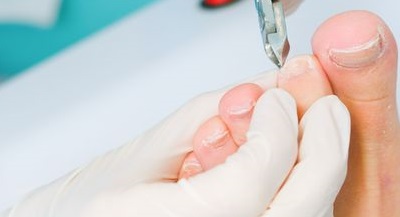
Prevention
Basically, prevention consists in the correct selection of shoes and nail care. Shoes should not restrict the movement of the fingers. It is necessary to cut the nails not too short and without cutting off the corners, so that their edge forms a straight line and slightly protrudes above the soft tissues.
These simple rules are very important to observe not only during the treatment of inflammation, but also during the remission of the disease. This will help prevent it from reoccurring. However, sometimes even such measures are ineffective. This may be due to the structural features of the nail or its high growth rate.
- Intercostal neuralgia - what is it and how to treat
- How to quickly get rid of dry corns on the legs
- How to treat left ventricular hypertrophy
- Rating of the best drugs for rotavirus for children
- Making tea from currant leaves, the benefits and harms of the drink
- How to drink hydrogen peroxide according to Neumyvakin - an oral regimen
- Features of the treatment of plantar fasciitis with folk remedies
- The composition and beneficial properties of parsley root
- How to get pregnant quickly? Folk remedies
- Herbs-ants in the "pot-bellied" period or the use of herbal medicine during pregnancy
- Why does a sore throat and dry cough occur, and what treatment is required?
- Guy's Room Design: Ideas and Examples
- General rules for drawing up a foundation plan House foundation drawings
- modern art deco bedroom small art deco bedroom
- Pansies: characteristics and photos of flowers
- Making an art deco bedroom: the choice of materials Beige art deco bedroom
- Bedroom interiors in art deco style Bedroom art deco style beige
- Young: planting and care in the open field Young planting and care in the open
- Varieties for open ground
- Pansies: cultivation and care in the open field




